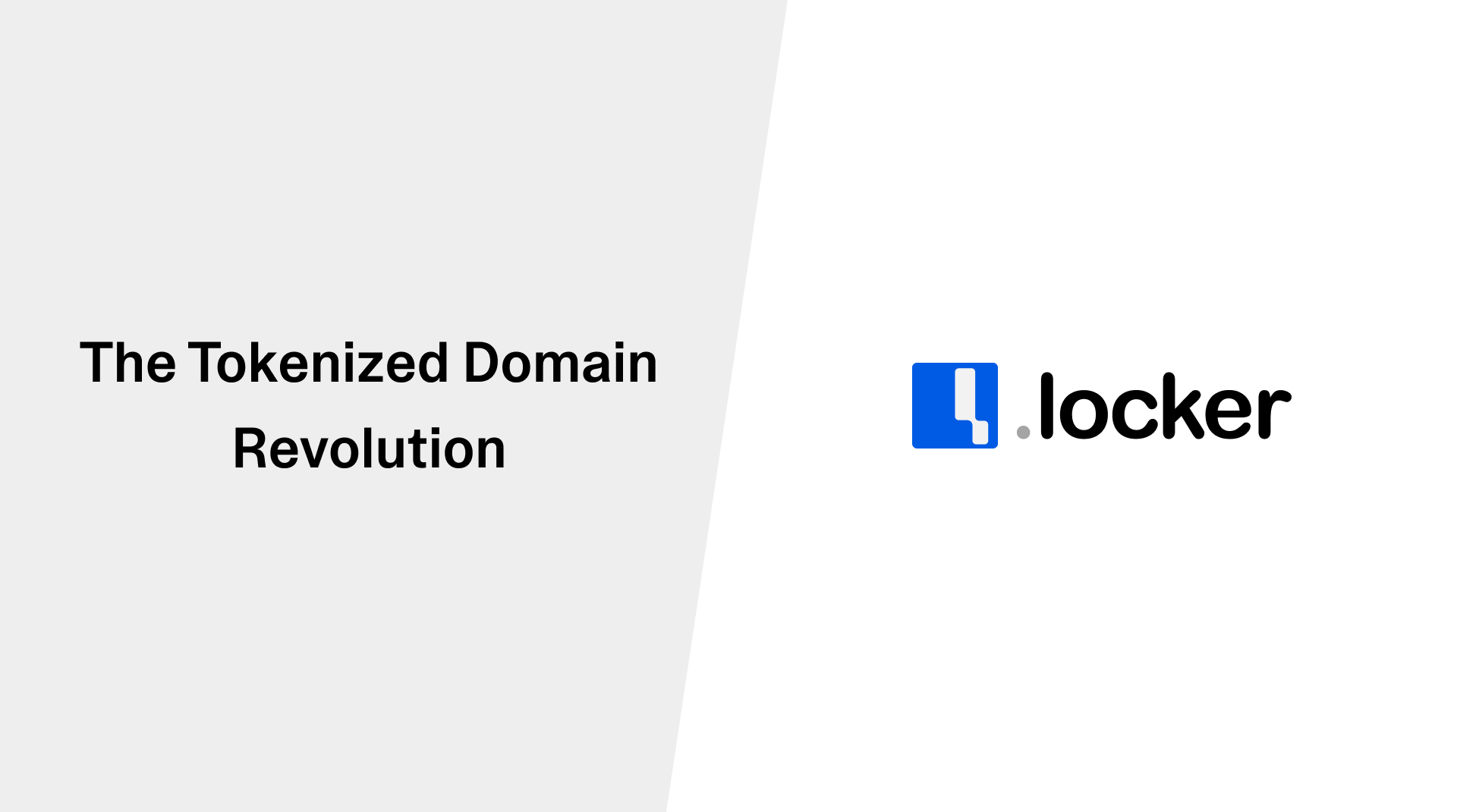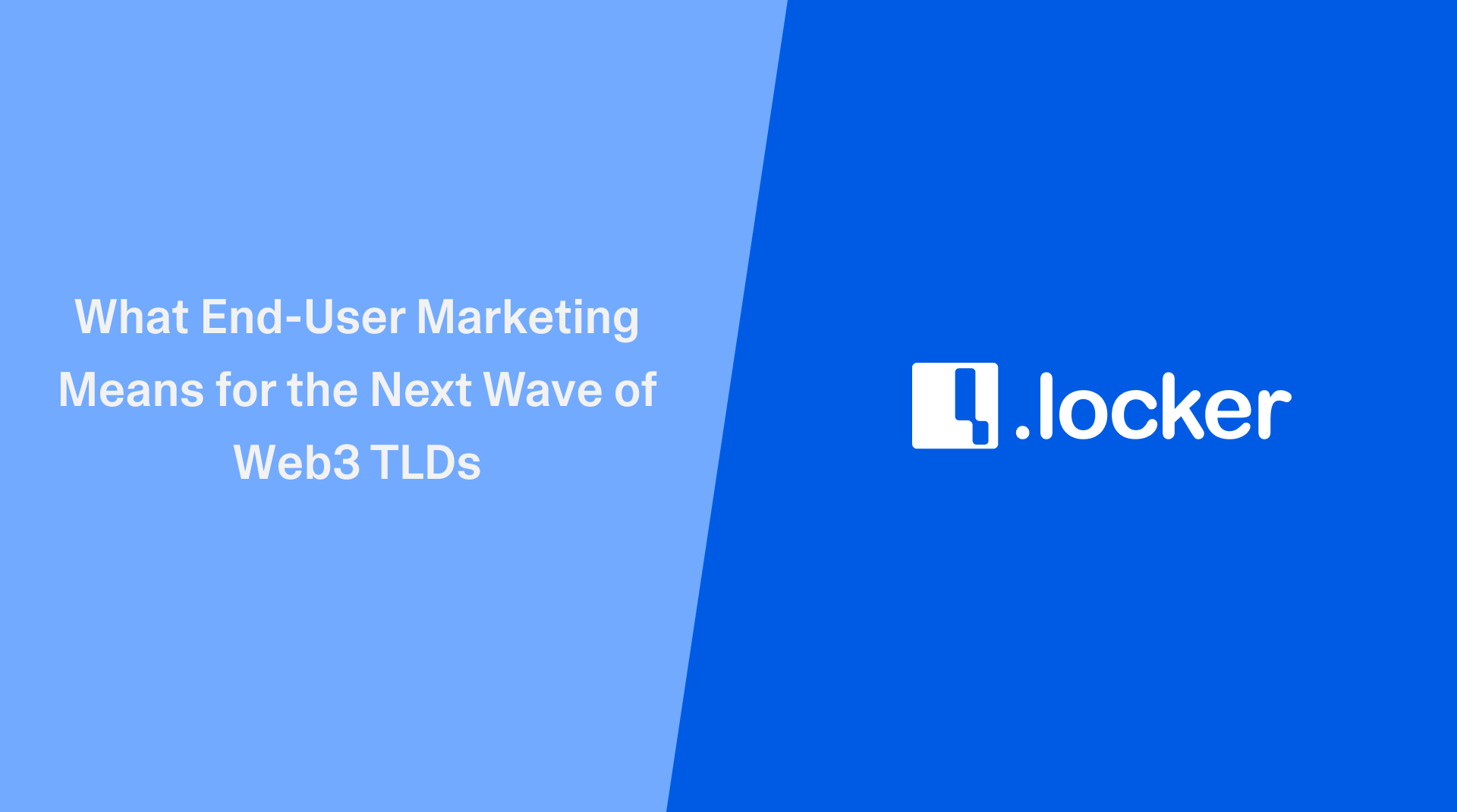The Tokenized Domain Revolution: How Blockchain Technology Is Rewriting the Rules of Domain Investing

For decades, domain investing has operated on a familiar foundation: buy, hold, and sell. The market has matured, valuations have soared, and domain names have established themselves as bona fide digital real estate. Yet despite the sophistication of today’s portfolios and marketplaces, the infrastructure underpinning domain ownership hasn’t fundamentally changed since the early days of the internet.
Blockchain technology is now introducing that long-overdue shift and tokenized domains are leading the charge. By moving domain ownership and management onto decentralized ledgers, tokenized domains have the potential to transform how investors acquire, secure, and trade digital assets.
Here’s why this innovation is more than a technical upgrade; it’s a structural change to the very concept of digital property.
Immutable Provenance and Transparent Ownership
In traditional systems, ownership verification depends on centralized registries and intermediary records, like the longstanding WHOIS database. Disputes over rightful ownership, while rare, can be messy, requiring proof that often lives in registrar databases or escrow agreements. With tokenized domains, ownership is recorded directly on the blockchain. Every transaction, from creation to sale, becomes part of a permanent, transparent ledger that’s publicly verifiable and cryptographically secured. This onchain provenance creates a trustless verification layer that drastically reduces the risk of disputes and simplifies due diligence for investors. Provenance, once an opaque process dominated by registrars and registries, becomes as clear as the blockchain itself.
Decentralized Transfers: From Bureaucracy to Instant Settlement
Traditional domain transfers are inherently bureaucratic. They depend on registrar approvals, authorization codes, and mandated waiting periods designed to prevent fraud. While these protections serve a purpose, they also slow down legitimate transactions for domain investors. Tokenized domains eliminate these bottlenecks. Ownership changes hands as seamlessly as any digital token: from one digital wallet to another, near-instantly, with cryptographic assurance of authenticity. This decentralization effectively transforms domains into self-custodied digital assets, allowing investors to transact globally without relying on intermediaries or outdated transfer protocols. In an industry where timing and liquidity matter, that’s a paradigm shift.
Smart Contracts: Turning Domains into Dynamic Assets
The most exciting implication of tokenization isn’t speed or transparency. It’s programmability. When a domain exists as a blockchain token, it can interact with smart contracts, creating entirely new economic models for ownership and use. Leasing, revenue-sharing, collateralization, and automated renewals can all be governed by programmable logic rather than manual agreements. A domain could even serve as a gateway to decentralized identity or as collateral in a DeFi protocol, expanding its value beyond mere naming rights. In this model, a domain name ceases to be a passive digital address. It becomes a composable, income-generating digital asset with verifiable utility across multiple ecosystems.
Fractional Ownership and the Rise of Collective Investing
Perhaps the most disruptive possibility lies in fractional ownership, or the ability to divide a single tokenized domain into multiple shares. This concept democratizes access to premium names traditionally reserved for large investors. It also introduces new liquidity dynamics: instead of waiting for a single buyer willing to pay a six-figure sum, investors could sell or trade portions of a domain, much like equity in a company or shares in a fund. Fractionalization redefines what it means to be a domain investor, opening the market to broader participation and creating secondary trading opportunities that were previously impossible in a centralized system.
From Static Property to Programmable Digital Asset
The tokenization of domains represents a natural evolution in the digital asset landscape. Just as cryptocurrency reimagined money and NFTs redefined ownership of media, tokenized domains are redefining ownership of the internet’s most fundamental asset: names. For investors, this means a shift from static, registrar-managed property to programmable, verifiable, and highly liquid digital assets. The implications reach beyond domain trading. They signal a new era of digital identity, asset interoperability, and decentralized infrastructure.
The domain industry has always been about forward thinking and seeing value in the digital frontier before others do. With tokenized domains, that frontier just expanded.

How .locker is Driving Real World Adoption: The Acupuncturist Case Study
One of the newest examples of how .locker bridges Web2 and Web3 doesn't come from a tech startup or a crypto-native company; instead, it originates with an old-school acupuncture practice.
November 20, 2025

Building the Internet’s Next Chapter: Reflections from ICANN84 and NamesCon
October was a whirlwind for .locker: two back-to-back events, two continents, and countless meaningful conversations that will shape the future of digital identity and the domain name industry.
November 13, 2025

What End-User Marketing Means for the Next Wave Web3 of TLDs
Web3 offers a new frontier for domain registrars, where domain names will be expected to be interoperable with blockchain technology. We are on the cusp of mass adoption of Web3, and the way we market domain names will look very different from the last TLD expansion.
October 29, 2025



